There’s not much to do in Singapore
Singapore: SkylineThat may seem an odd way to begin an article that’s meant to puff a destination’s virtues, but in several senses it’s an entirely accurate statement. The tiny city/country of Singapore, sat on its island off the Malaysian coast, is a corporate state. One of the great economies of the Far East, it has a per capita GDP to rival many western countries, a huge and bustling business district and the busiest port in the entire world, bar none. What it doesn’t really have are tourist attractions. There are few great historic monuments here (unless you count a few WWII strongpoints, scarred by the epic siege in 1942 when the Japanese captured the island from the British) largely because this is a pretty new town. Singapore was founded in the nineteenth century by a commercial adventurer, Sir Thomas Stamford Raffles. He thought it would be a great stopover place for ships heading for the new markets of the Far East. He was right then, and he’s still right now – and his commercial foresight is the foundation of Singapore’s success. The Raffles Hotel, one of the world’s most exclusive places to stay, still bears his name.
Originally Singapore was part of Malaysia, after that country was granted independence in 1963. But the relationship was an uneasy one, and the city state seceded from its much larger – and now rather poorer – neighbor in 1965.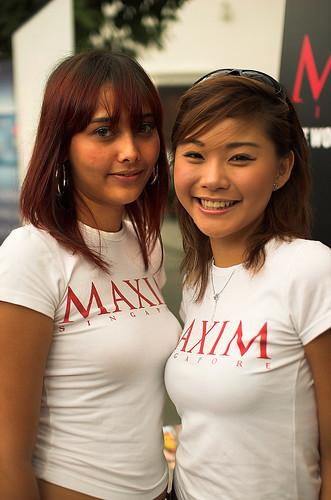
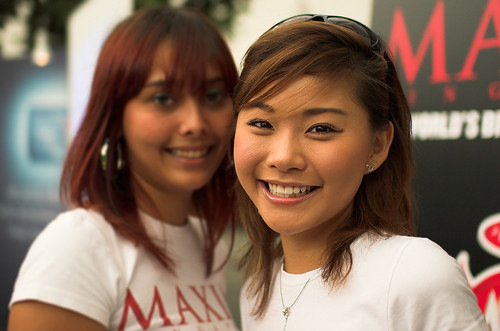
Singapore: Har Par VillaSo if this is a place dedicated to trade, entirely governed by the ebb and flow of international markets, why should a tourist find it interesting? Well, there are a number of reasons. First off, it’s just culturally a great place to be. Although technically an authoritarian state (the market, they say, is freer in Singapore than are the people) it is surprisingly lively and content. The average Singaporean may not have a great deal of say in how his city is run, but he doesn’t seem to mind. As long as he can stay on the right side of some of the city’s more peculiar laws – whatever you do, don’t forget to flush the toilet, or you’ll get fined – he can have a very good life indeed.
One of the reasons that the city is such an interesting place is that really there is no such thing as the Average Singaporean. All kinds of nationalities make up the population of this city. The majority are of Chinese descent, although if you explore the Little India district you might be forgiven for thinking you were in Delhi or Mumbai. There are a number of official languages, and nearly everyone speaks English. Younger Singaporeans tend to be very easy to understand; local folks over the age of forty, however, often speak the peculiar local dialect of English which includes many loan words from languages as diverse as Mandarin, Tamil, Hindi, Portuguese and Dutch. Usually if you make it clear you are having trouble understanding your interlocutor will slow down or find a younger person to help translate.
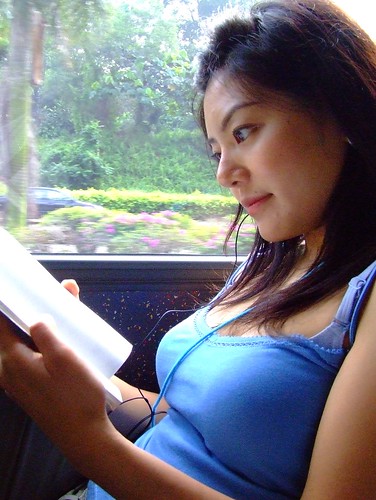

Singapore: Hindu TempleThe two best ways to enjoy the distinct culture of Singapore are to eat and to shop. Probably the best way to do the former is to avoid the flash restaurants altogether and visit one of the city’s many hawker centers. A few years ago the city government – in a typical piece of mass organization – decided that street food vendors were difficult to control on the streets, and forced them into ready-made centers. This is good for tourists; although a little of the life has been taken out of the city’s street culture, you can enjoy the same great, cheap food in the knowledge that the government is imposing very high standards of hygiene and financial propriety on the people who are selling it to you. Singaporean cuisine is hugely varied, with Chinese, Indian and British influences. If you get a chance, make sure you try local crab in sweet chili sauce.
Shopping is the other great Singaporean pastime. Orchard Road is the main shopping street, and has stores from all the world’s leading brands. (You’ll notice, by the way, that you don’t have to spend a lot of time translating road signs in Singapore – nearly all the streets in the downtown area were named by the Brits, so you can often get the bizarre impression that you’re making your way around an English market town rather than a Far Eastern metropolis). If you fancy a shopping trip that’s a little more off-beat, the Bugis area is the place to go – stores here vary from the very cool to the very obscure, and it’s a favorite haunt of the city’s trendy youth.
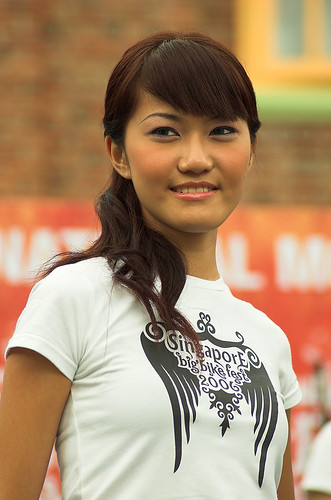

So, this isn’t what you would call a classic tourist destination, but it is a place that has to be visited – if only to find out about the strange way life works….Singapore style.

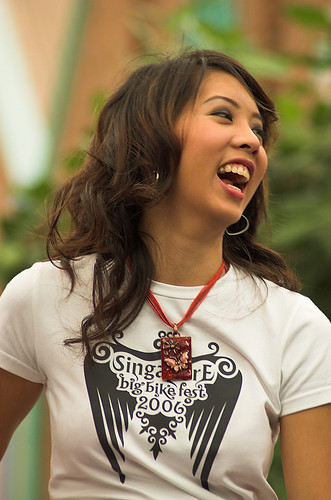
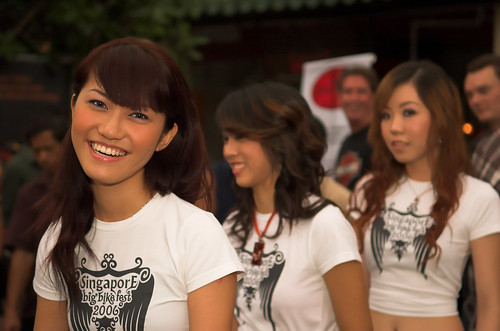


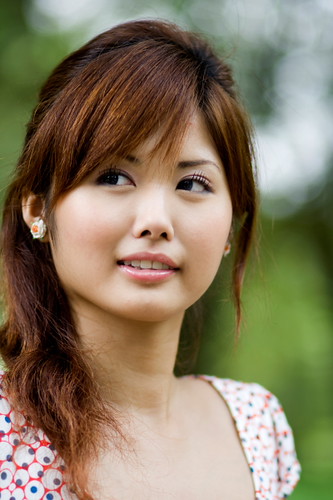





0 comments:
Post a Comment